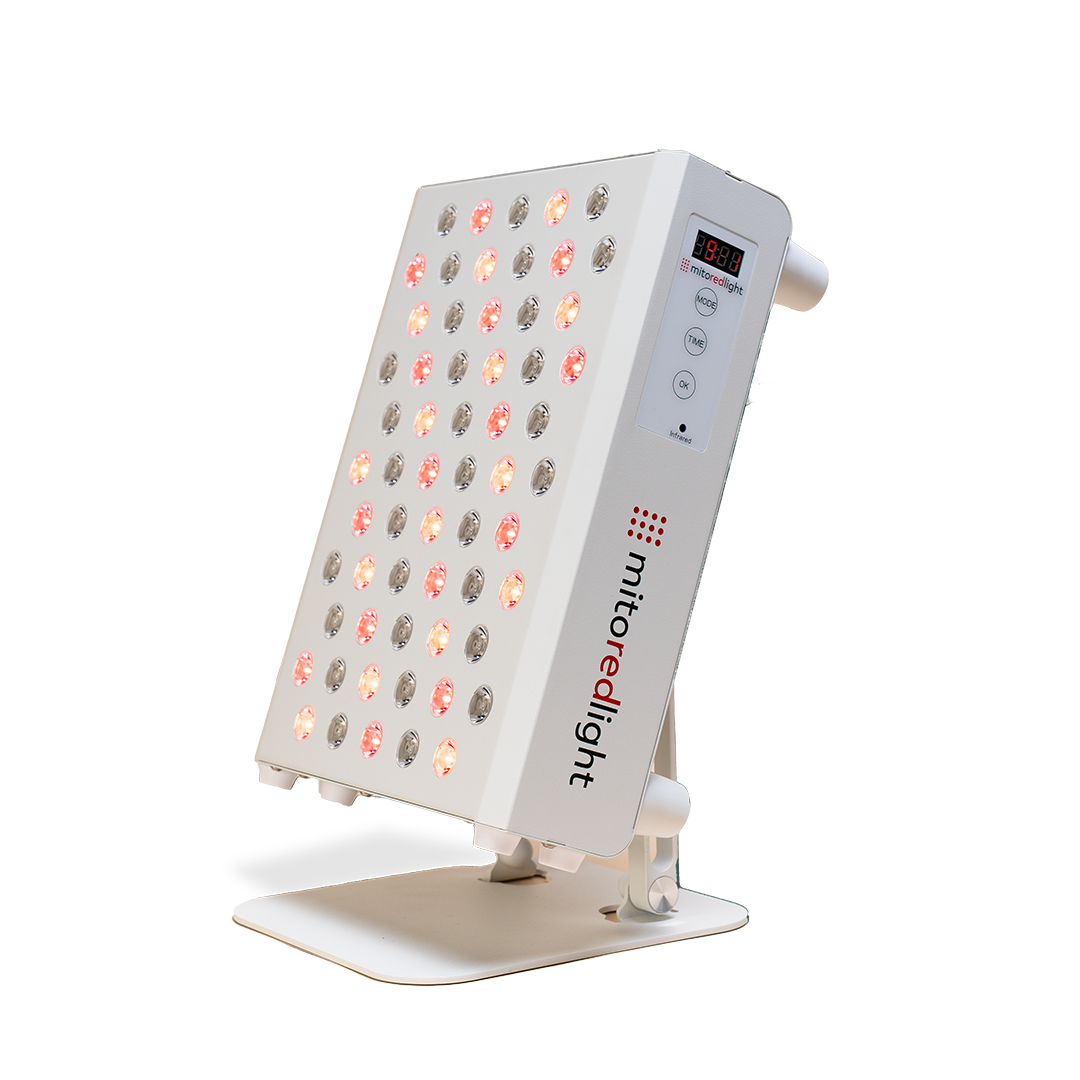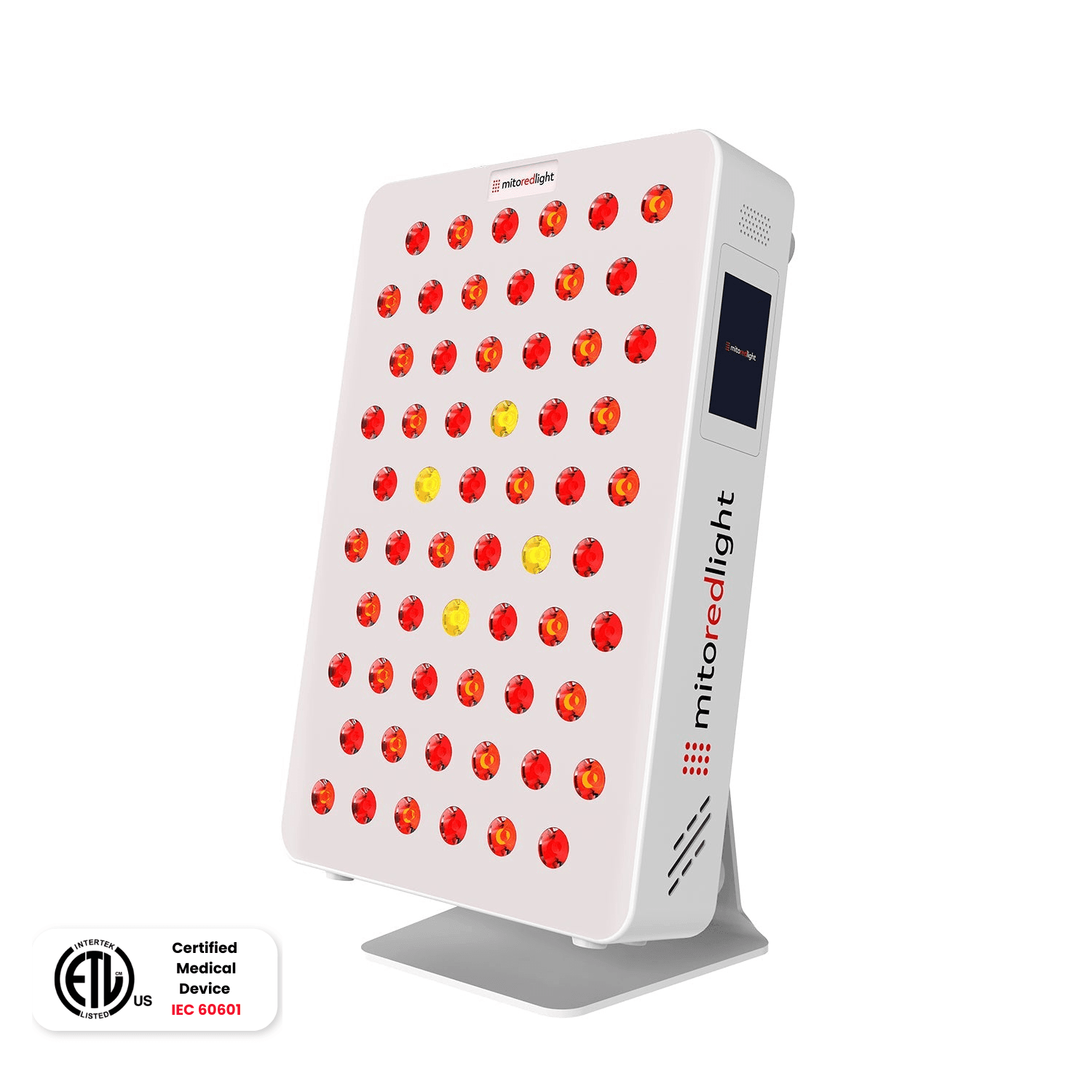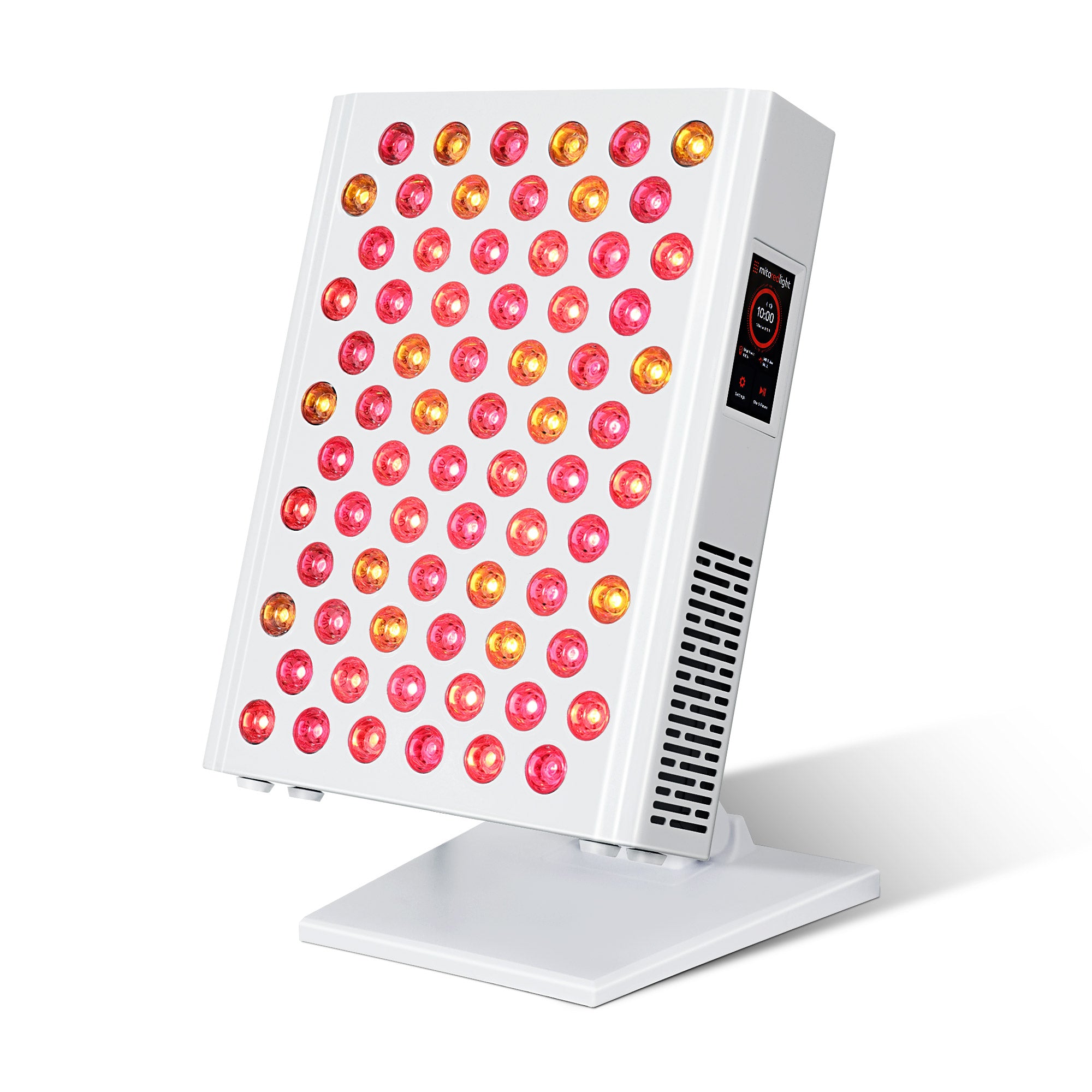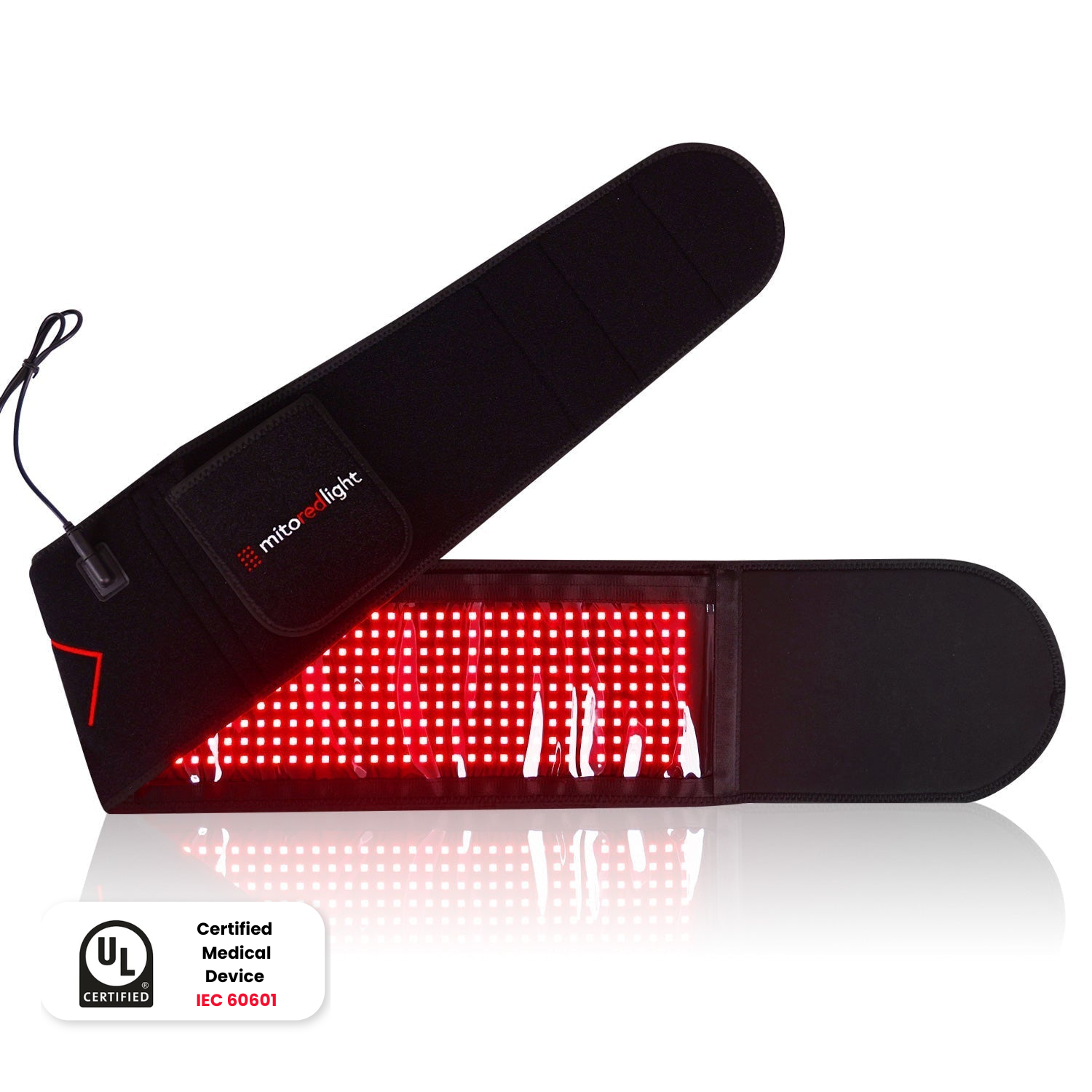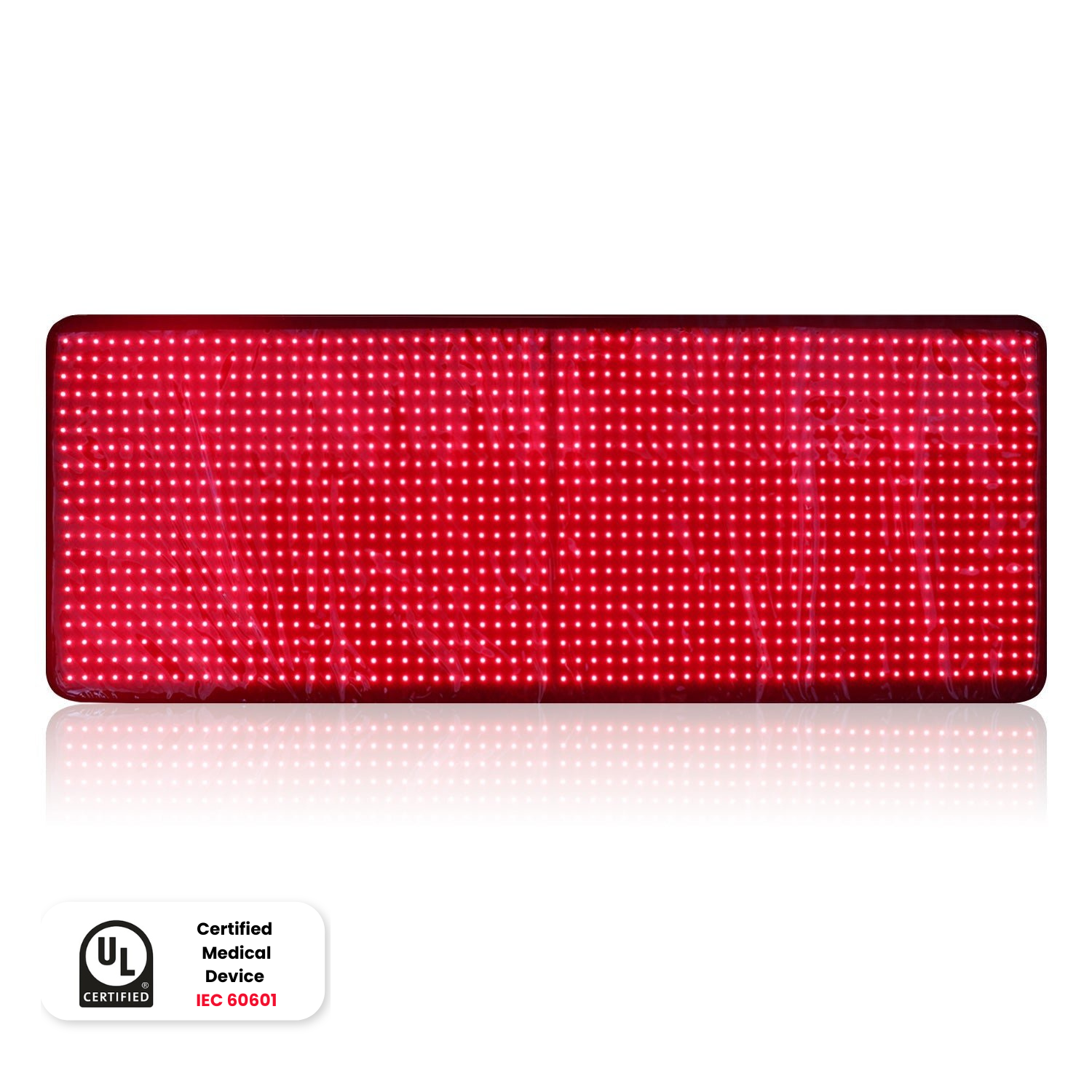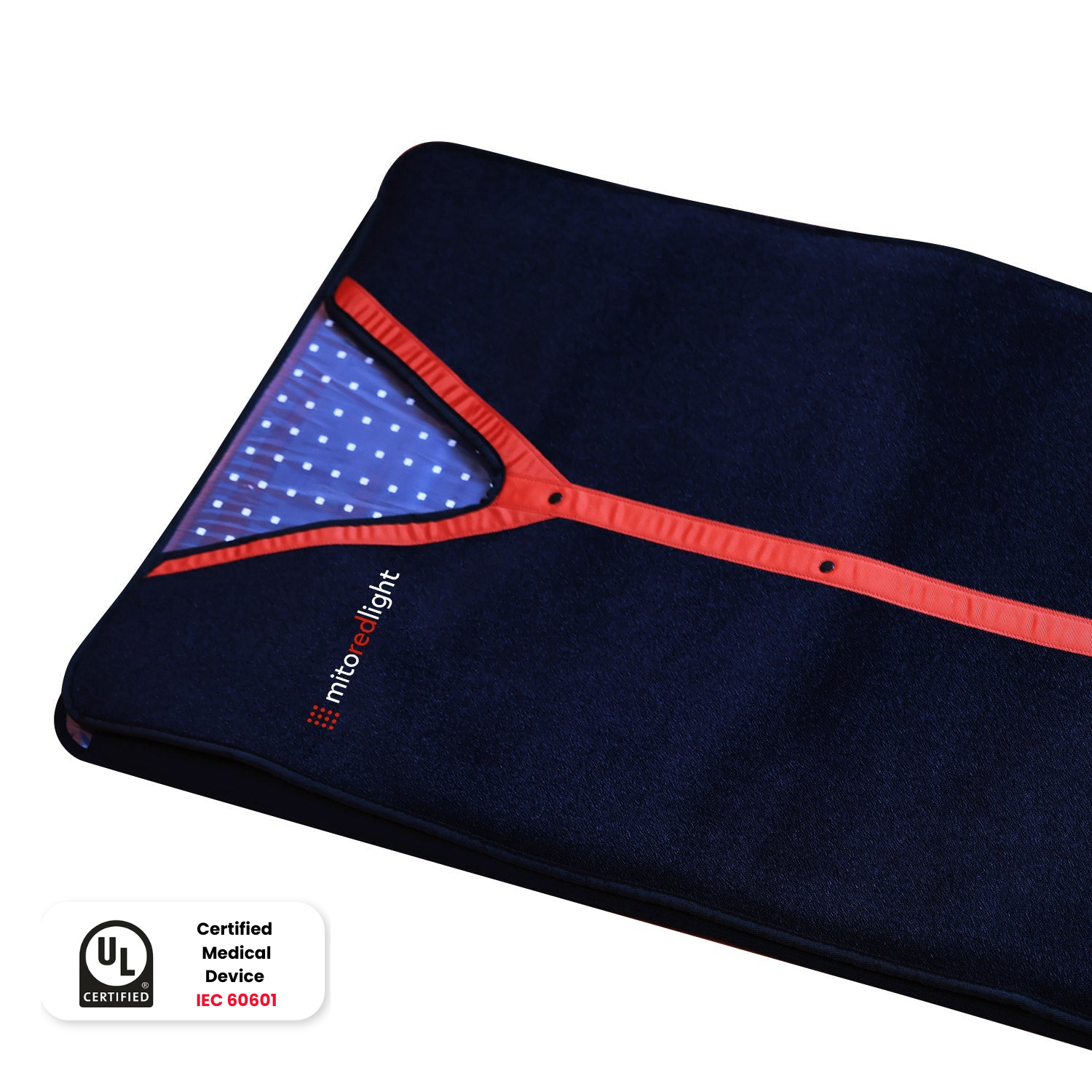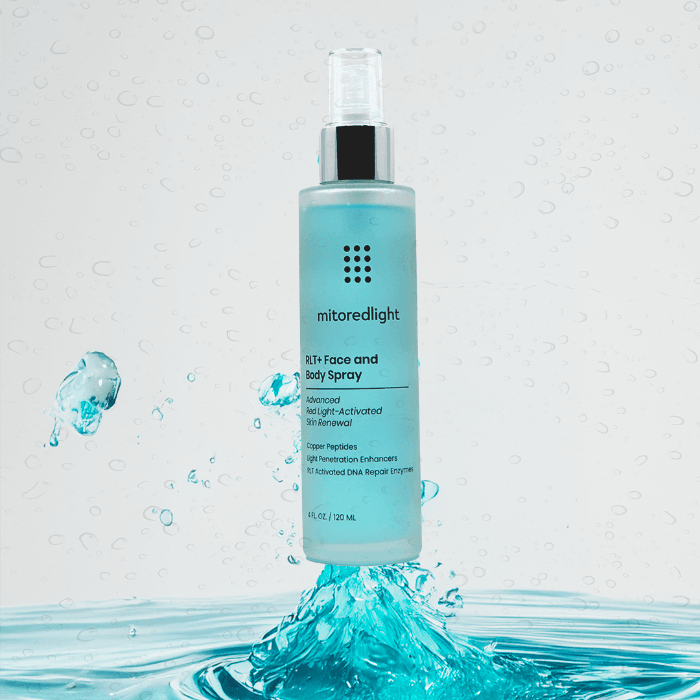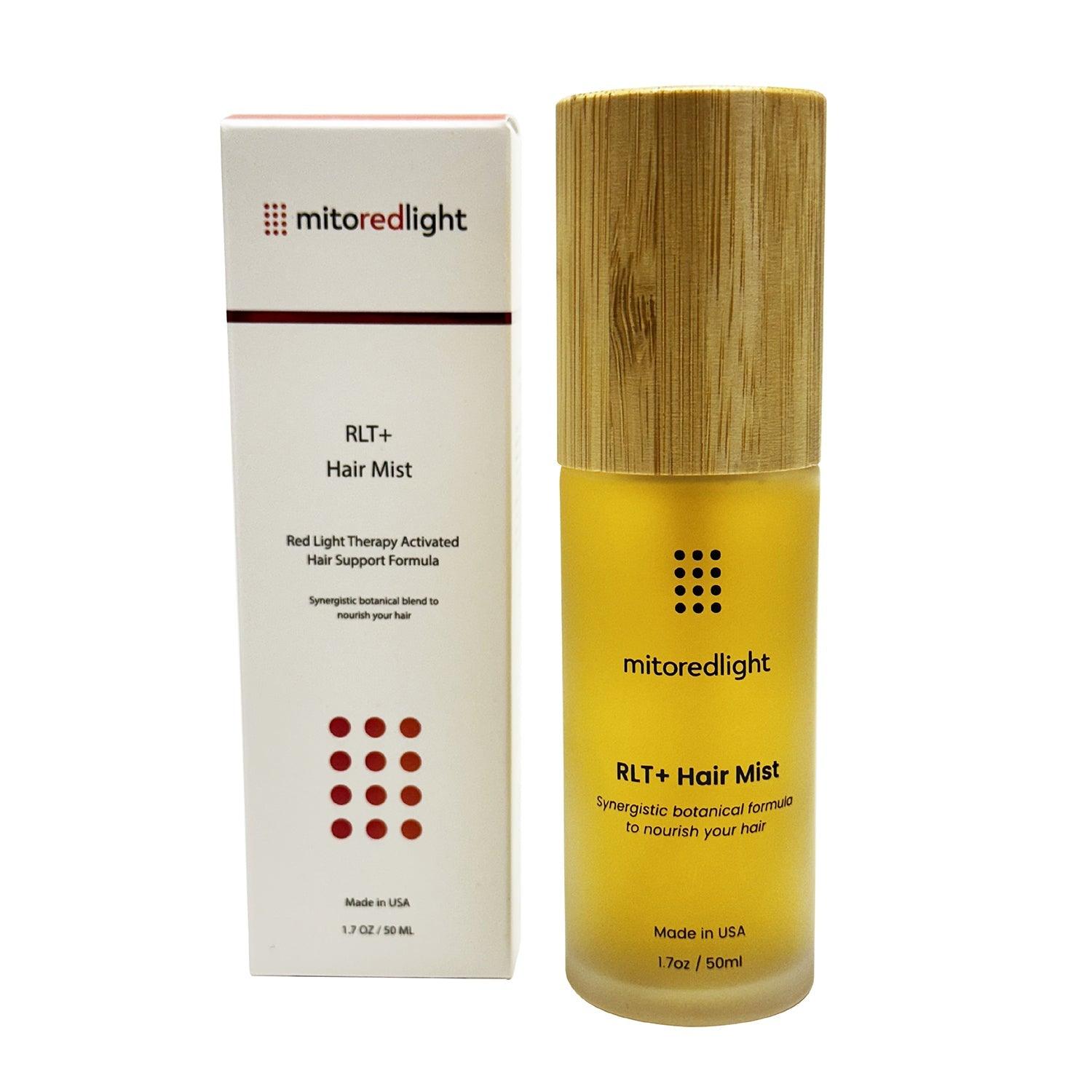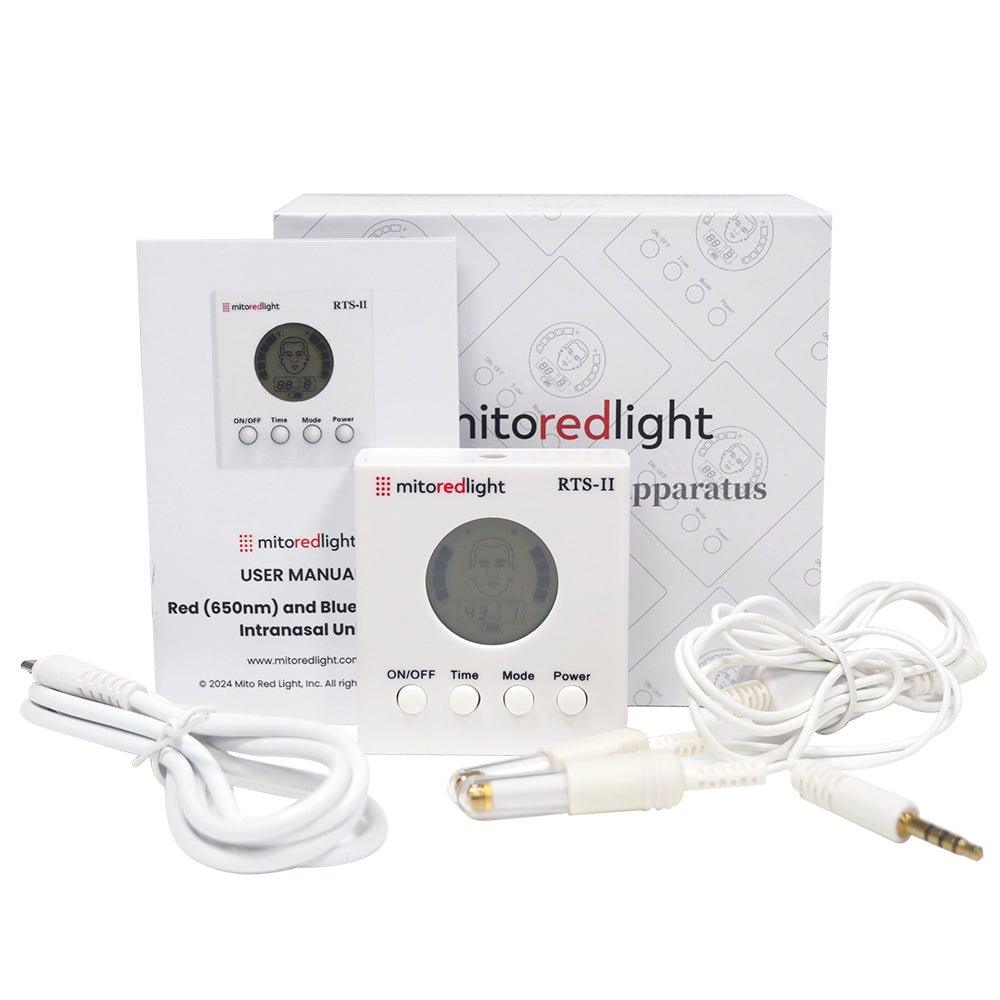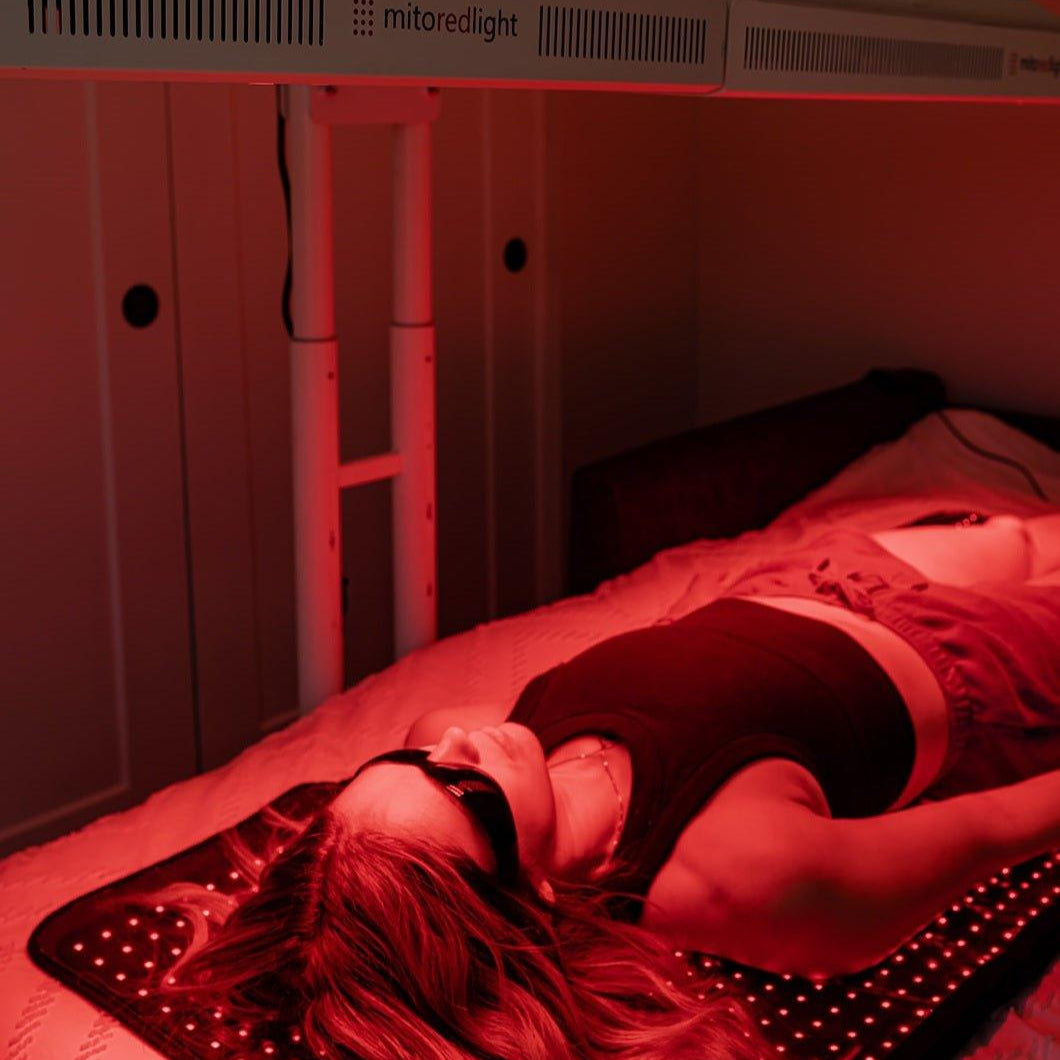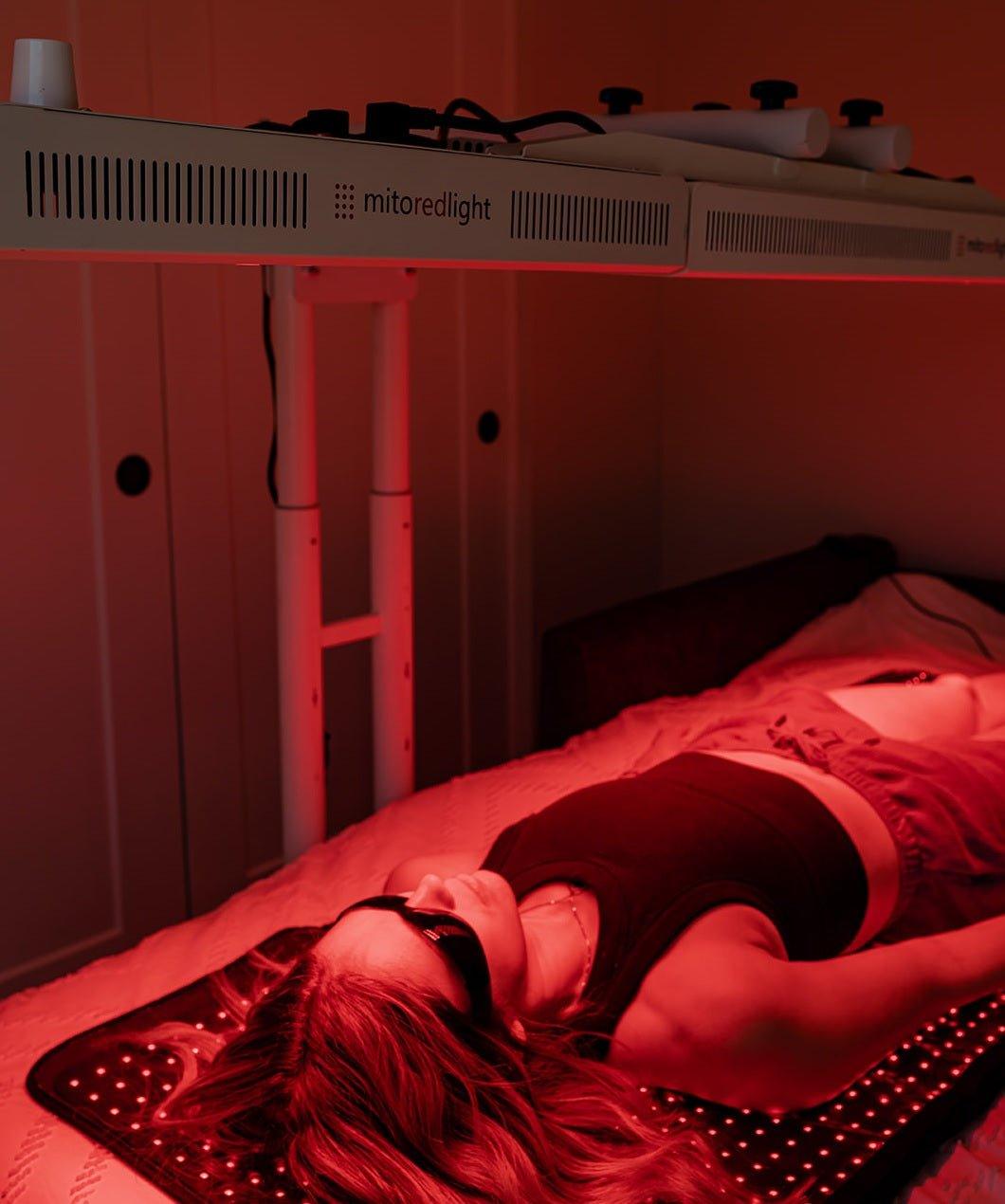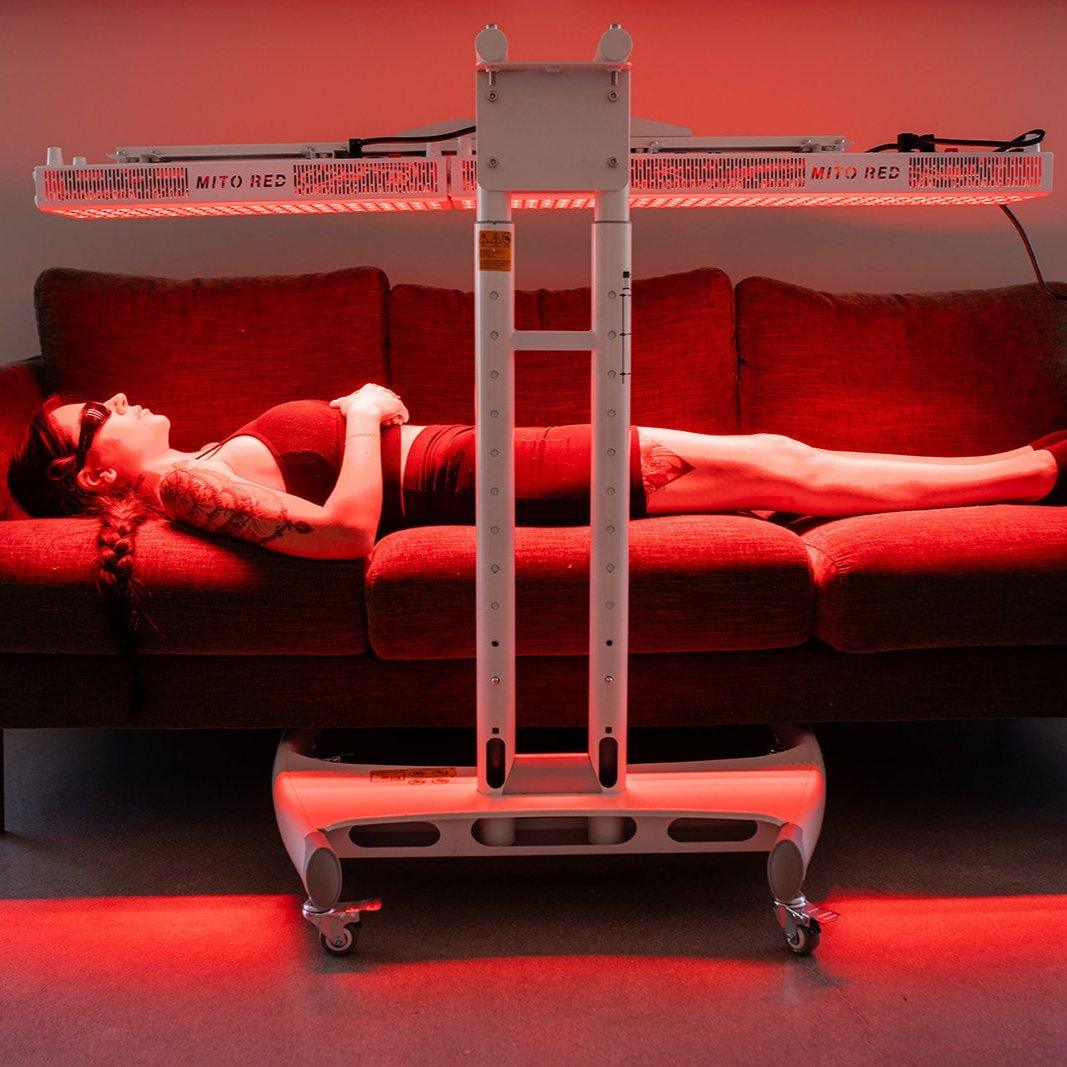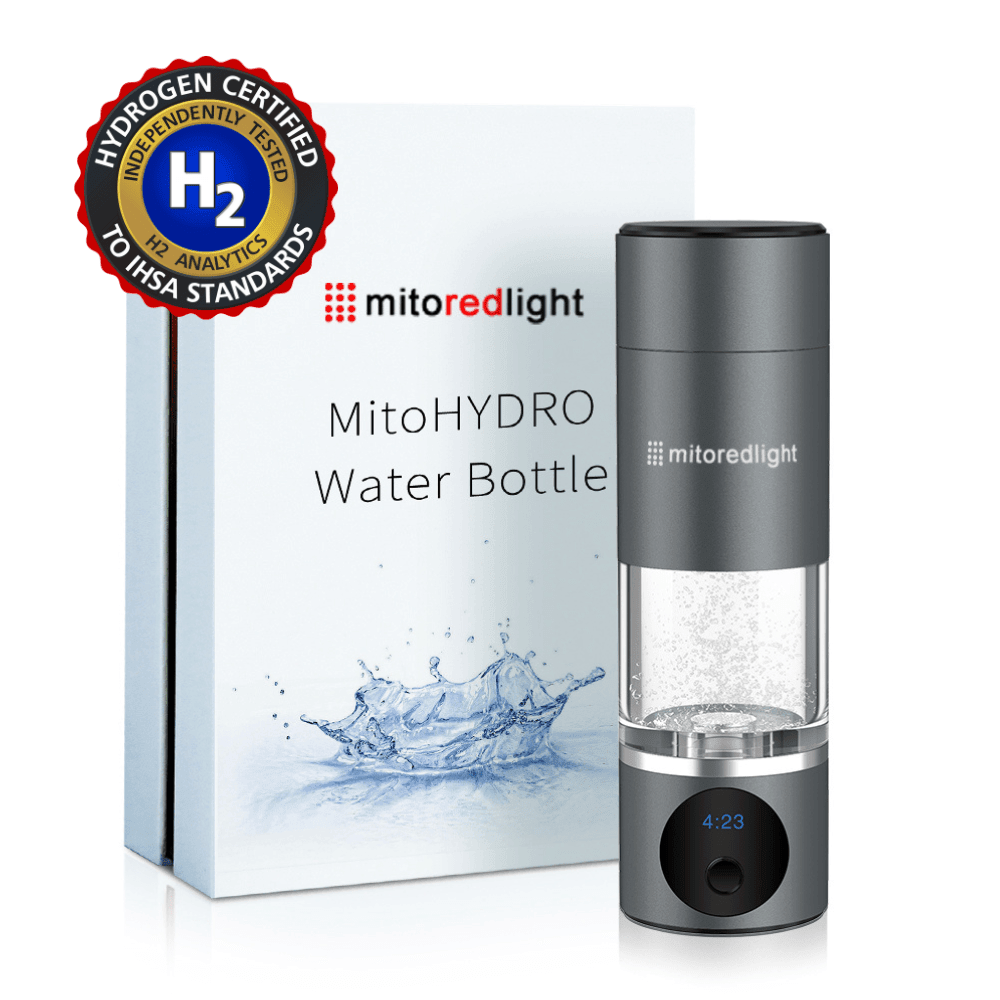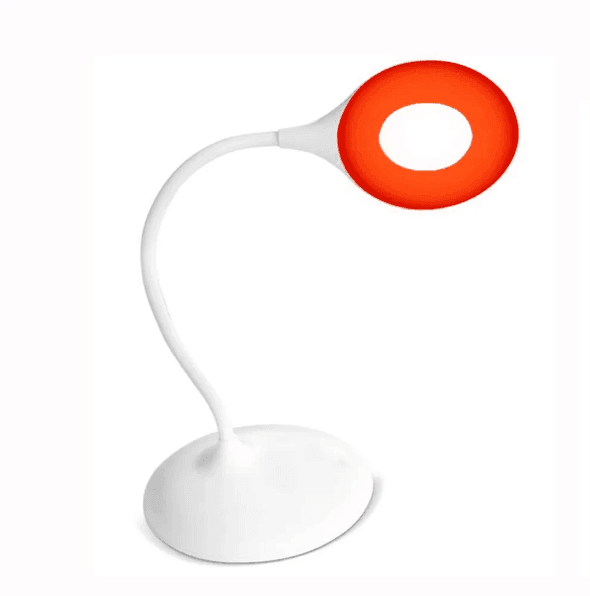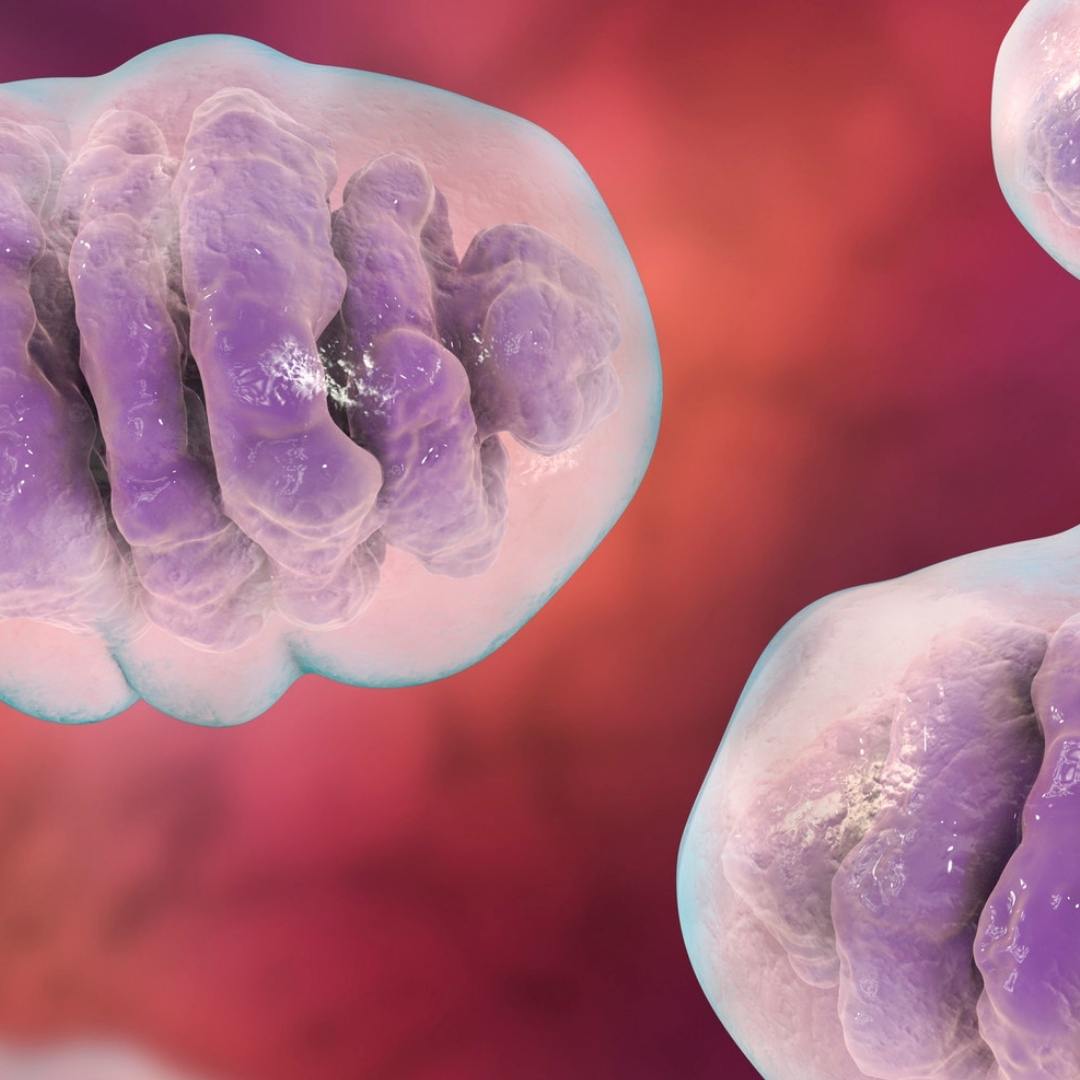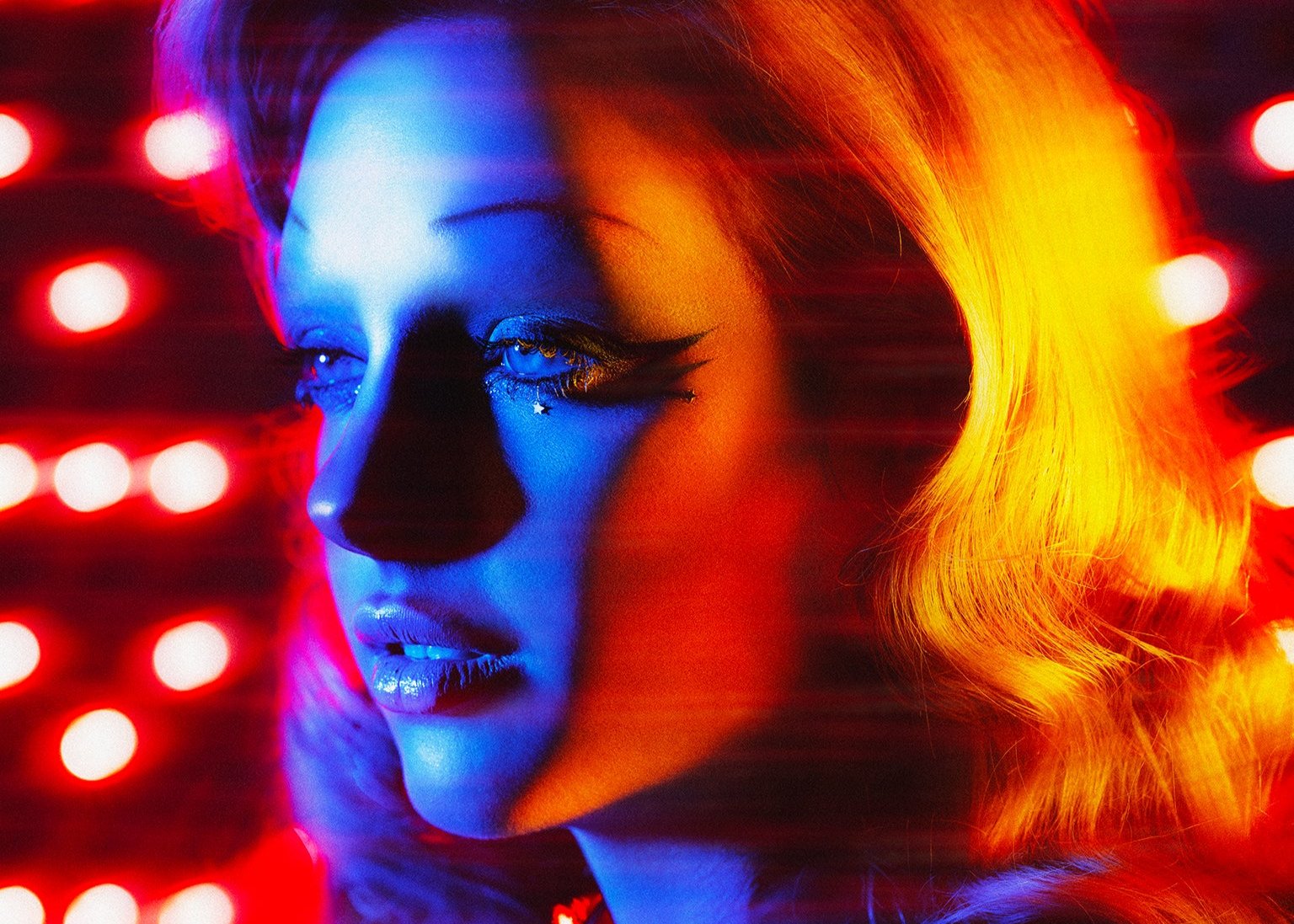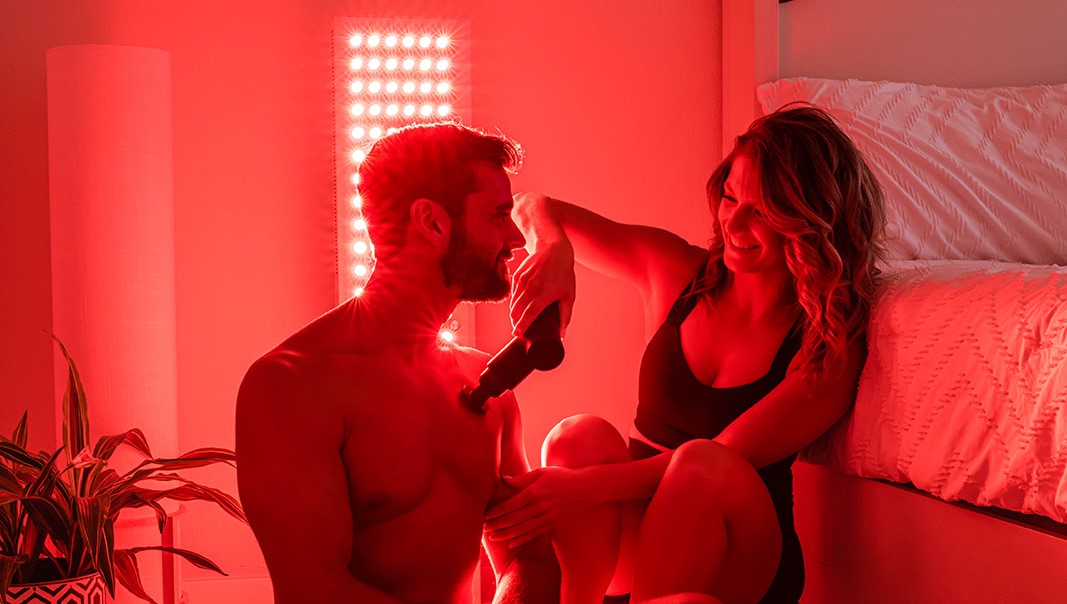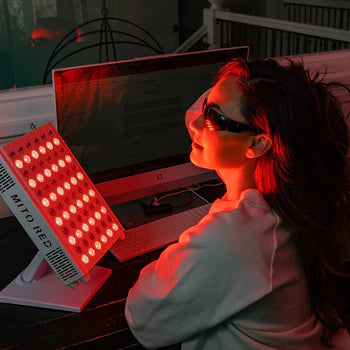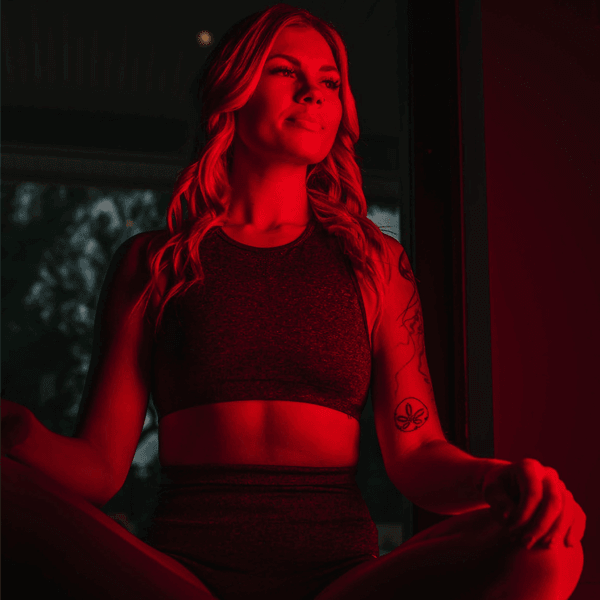DISCLAIMER: Mito Red Light devices are not clinically proven to diagnose, treat, cure, or prevent any medical conditions. Mito Red Light devices are low / risk general wellness devices aimed at affecting the body through supporting cellular function. The scientific studies referenced in this article are for educational and informational purposes only and are meant to educate the reader on the exciting and growing field of phototherapy. To see a list of precautionary warnings and contraindications, click here
Executive Summary
This Mito Red Light article explores the potential benefits of red light therapy (RLT) for managing rosacea, a chronic inflammatory skin condition causing facial redness, visible blood vessels, bumps, and irritated eyes. While the exact causes of rosacea are complex and include genetics, environmental triggers, vascular factors, mites, and the skin microbiome, RLT offers a gentle, non-invasive approach. By stimulating cellular mitochondria, RLT may reduce inflammation and support overall skin health. Tips for using RLT for rosacea include starting slowly, consistency, ensuring clean and cool skin, protecting sensitive areas from sun (though RLT itself lacks harmful UV), prioritizing hydration, documenting progress, and consulting a dermatologist. RLT may be a beneficial addition to a rosacea management plan by potentially calming inflammation and supporting the skin barrier.
Key Takeaways:
- Rosacea is a chronic inflammatory skin condition with various triggers.
- Red light therapy may help soothe rosacea by reducing inflammation.
- RLT can support overall skin health and potentially strengthen the skin barrier.
- Gentle and consistent use of RLT is recommended for rosacea.
- Consulting a dermatologist is important when incorporating RLT into rosacea management.
Medically Reviewed by | Heidi Wright, BSN, RN, PCCN
If you’re dealing with rosacea, a skin condition that tends to cause flare-ups of redness on the skin, you know firsthand how frustrating it can be.
Here at Mito Red Light, we're peeling back the layers on how light — specifically red light — might be a great addition to your skincare routine and rosacea management. Here’s how harnessing the power of light could be a game-changer in your skin management routine.
What Exactly Is Rosacea?
Rosacea isn’t just a temporary blush or awkward flush — rosacea is a chronic condition that sets up shop mainly on the face. Characterized by a series of flare-ups and remissions, rosacea can make you feel like you're on an endless roller coaster with your skin. It's stubborn, unpredictable, and often misunderstood.
Let’s take a peek at some of the symptoms:
- Persistent Redness: Rosacea can cause persistent redness, particularly around your cheeks, nose, and forehead.
- Visible Blood Vessels: Over time, small blood vessels on your nose and cheeks can become more noticeable, giving your skin a roadmap of red lines.
- Bumps and Pimples: Bumps and pimples that aren’t part of a breakout can occur due to rosacea.
- Irritated Eyes: Rosacea can even affect your eyes, making them feel gritty or look watery.
It's important to keep in mind that everyone is different and the manifestation of rosacea can vary greatly. Always consult with a healthcare professional for an accurate diagnosis.
What Causes Rosacea?
Diving into the “why” behind rosacea feels a bit like solving a mystery with clues scattered everywhere. Despite being a common condition, the exact causes of rosacea remain elusive. Scientists and dermatologists have pieced together a puzzle that points to a combination of genetic, environmental, and vascular factors, each playing its unique role in the rosacea storyline.
Genetic Heritage
One thing is clear: rosacea often runs in families. If your family tree includes relatives with rosacea or even a history of severe acne, your own skin might be more inclined to join the rosacea club.
Environmental Triggers
Life's little stresses can become big deals for rosacea-prone skin. Sun exposure, spicy foods, hot drinks, alcohol, and even the weather can act as triggers that turn a calm complexion into a flare-up. It's like your skin is reacting in real time to the world around you, signaling its distress with redness and bumps.
Vascular Factors
At the heart of rosacea's redness are your blood vessels. For reasons not entirely understood, they can become hyper-reactive, dilating more easily and remaining so for longer periods. This heightened sensitivity contributes to the characteristic redness and visible blood vessels, painting a vivid picture of rosacea on your face.
Microscopic Mites
Here's where it gets even more intriguing: tiny mites called Demodex folliculorum live on everyone's skin, but people with rosacea have more of them.
Though they're usually harmless, their increased numbers in rosacea sufferers suggest they might play a role, possibly by triggering immune responses or irritating the skin directly.
The Microbiome
Your skin's microbiome, the community of microorganisms living on it, is a delicate balance. Disruptions in this balance may lead to rosacea symptoms, suggesting that what's happening on the surface is just part of the skin's complex ecosystem.
What Is Red Light Therapy?
Red light therapy (RLT) is grounded in science and has been making waves in the world of wellness and skincare.
This innovative option uses low-wavelength red light to penetrate deep into the skin's layers, aiming to solve a myriad of issues without the heat or intensity that could cause damage. It's like giving your cells a much-needed pep talk, potentially helping to encourage rejuvenation and healing from the inside out.
But how exactly does this work? RLT helps target the mitochondria, often referred to as the powerhouse of the cell. By helping to stimulate these energy factories, red light therapy may help boost cellular energy production, which in turn can lead to various positive effects on the skin and the body's overall health. It's a non-invasive approach that invites your cells to step up their game, supporting healing processes without an aggressive intervention.
What Are the Benefits?
The spotlight on red light therapy isn't just hype. Its benefits are backed by a growing body of research that points to a wide range of positive outcomes.
Let's break down some of the key potential benefits:
- Collagen Production:RLT has been shown to spur collagen production, the protein essential for giving our skin its structure and elasticity. More collagen means plumper, less wrinkly skin.
- Reduced Inflammation: By potentially helping to ease inflammation, RLT may help calm the skin, making it a potential solution for managing symptoms associated with rosacea.
- Improved Texture and Tone: Regular sessions can lead to smoother skin and a more even complexion, addressing issues like roughness and uneven pigmentation.
- Support for Sleep and Circadian Rhythm: Exposure to red light, particularly in the evening, can influence melatonin production and help reset your internal clock, contributing to improved sleep quality.
- Mood and Energy Support: The stimulation of cellular energy production can have a ripple effect, potentially boosting mood and energy levels. It's like charging your body's batteries, leading to an overall sense of well-being.
What About Rosacea?
Red light therapy, with its potential ability to help reduce inflammation and support overall skin health, may serve as a beneficial addition to a rosacea management plan.
By potentially supporting healthy collagen production, red light therapy (RLT) — especially when using a red light therapy mask — helps strengthen the skin’s barrier, which may in turn help minimize the appearance of the persistent flush often associated with rosacea. Plus, RLT’s potential anti-inflammatory effects can help calm and soothe the skin, dialing down the look of redness and bumps.
What Are Some Tips for Using Red Light Therapy To Soothe Rosacea?
Embracing red light therapy for rosacea involves more than just flipping a switch. Here’s how to weave it seamlessly into your routine:
Start Slow
Rosacea skin is like a temperamental artist — it demands patience and gentle persuasion. Begin with shorter, less frequent RLT sessions and gradually build up as your skin gets used to it.
Consistency Is Key
Like any good skincare routine, consistency with red light therapy brings rewards. Regular sessions are pivotal in seeing sustained improvements in skin health and symptom management.
Cool and Clean
Ensure your skin is clean and free of any products that might react under the light. Post-session, a cool, gentle moisturizer can soothe and hydrate without overwhelming your skin.
Embrace the Shade
While basking in the red glow, protect sensitive areas. Our MitoPRO Series, with adjustable intensities and wavelengths, allows you to tailor your experience, ensuring those with sensitive skin can also enjoy the benefits without discomfort. Red light therapy does not have harmful UV rays, unlike sunlight.
“Sun exposure is a major trigger for rosacea, a skin condition that causes redness, flushing, and sometimes bumps or pimples on the face. The ultraviolet (UV) rays from the sun can worsen rosacea symptoms and make breakouts more frequent and severe,” notes Heidi Wright, Registered Nurse. “Be sure to complement your wellness routine with regular sunscreen use for optimal results.”
Spotlight on Hydration
Hydrated skin responds better to therapy. Drinking plenty of water and using a hydrating serum can amplify the effects of RLT, making your skin more receptive to its healing touch.
Documentation Journey
Keep a diary of your RLT journey. Note the settings used, duration of exposure, and any skin changes you observe. This record can be a valuable tool in fine-tuning your approach.
Consult the Experts
Always keep the conversation going with your dermatologist, especially when integrating new treatments like RLT into your rosacea management routine. They can offer personalized advice tailored to your skin's unique narrative.
The Bottom Line
If you’re working to manage rosacea, red light therapy may be able to help along the way.
At Mito Red Light, we believe in the power of light to transform, heal, and renew. With a solid foundation in science and a commitment to wellness, red light therapy can help pave the way to better skin health.
As you work to support your skin health and manage symptoms of rosacea, red light therapy may be a beneficial addition to your routine. It’s always best to consult your healthcare provider before starting to use red light therapy, especially if you’re already pursuing other forms of rosacea management.
Related Articles:
8 Surprising Benefits of Blue Light Therapy for Acne-Prone Skin
Sources:
Skin conditions by the numbers | AAD
What Is Rosacea? - Causes And Treatment | familydoctor.org
Causes of Rosacea: Demodex Mites & Microbes | National Rosacea Society
Red Light Therapy: Benefits, Side Effects & Uses | Cleveland Clinic
LED Light Therapy: How It Works, Colors, Benefits & Risks | Cleveland Clinic
